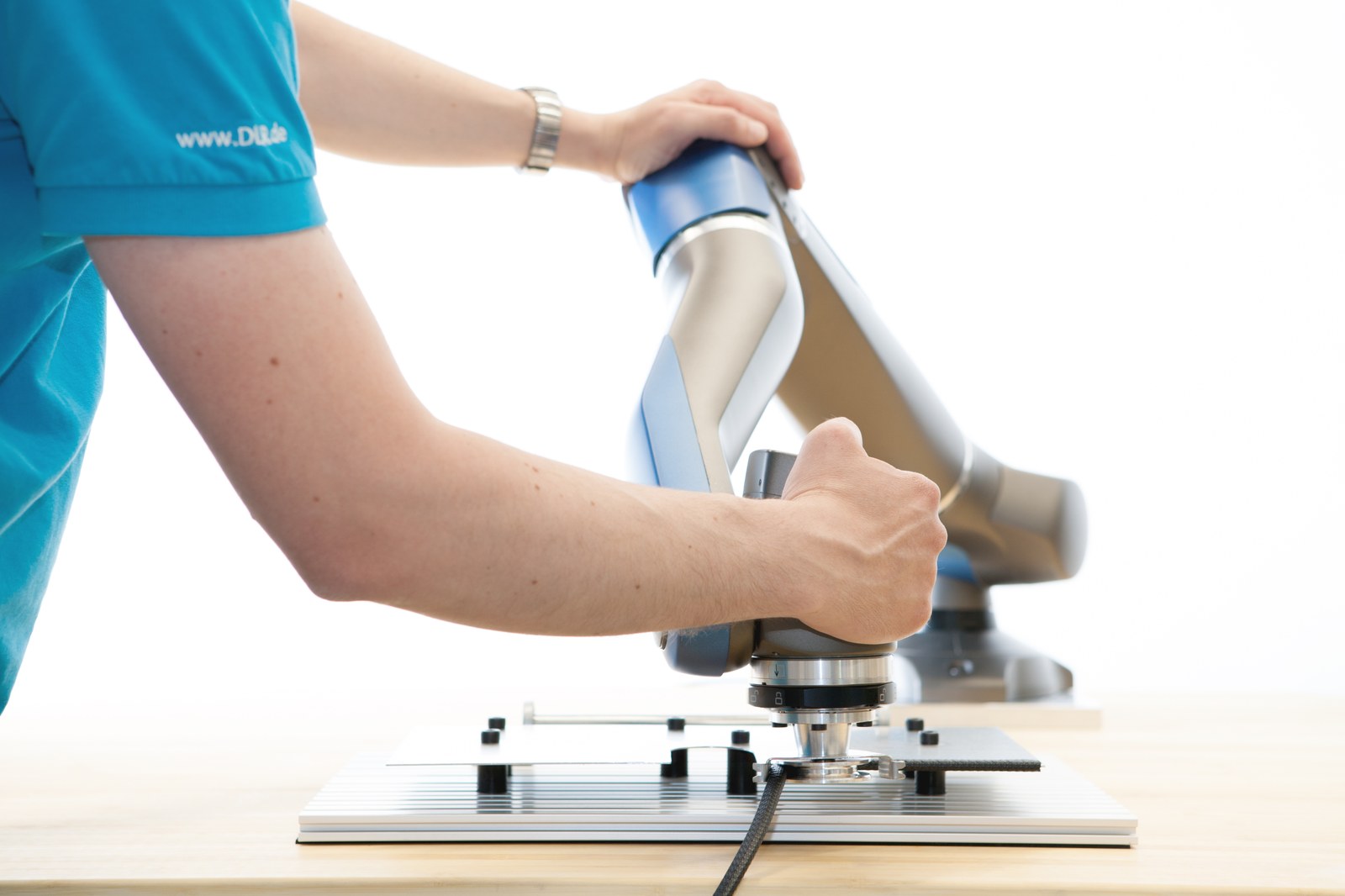Institute of Robotics and Mechatronics



The Institute of Robotics and Mechatronics develops a wide array of robots to enable humans to interact more safely and efficiently with their surrounding environments. The robots are designed to act in surroundings inaccessible or dangerous to humans as well as to support humans in everyday life and work.
Departments
Our robots mimic and extend upon the manipulation and locomotion capabilities of humans on a functional level. In a more general sense, they perform any tasks of locomotion and interaction with the environment with a wide range of autonomy to suit different tasks. As a key aspect for the usability of robots, we address the interfaces to humans through multimodal human-robot interaction.
The departments of the institute cover the entire chain of development aspects in robotics, focusing primarily on
Through the insights gained from the development of our robot concepts, we further aim to contribute back to the basic sciences with hypotheses for explaining biological phenomena. We are interested for example in the biomechanical principles of motion as well as in understanding of perception-action loops as they function in nature.
Application Areas
As a member of the German Aerospace Center, we are developing highly autonomous robots towards space missions for exploring remote planets, moons and small bodies of the solar system. Robots are the only vehicles capable of reaching most of these targets in near future, due to their great distances from Earth and the hostile environments. On the other hand, for on orbit servicing, we are developing a variety of teleoperation capabilities, from full telepresence to high levels of robot autonomy in different human-robot cooperation scenarios.
The mutual technology transfer between applications in space and on earth is one of the main strengths of the institute. Our robotic technologies are applied beyond the space sector also in the DLR research areas of aeronautics and transportation. Bringing our robotics technology back to earth, we are furthermore active in the application areas of:
By enhancing productivity, robotics therefore contributes to preserving economic strength and welfare and addresses central health and workforce issues of the aging society.
